|
|
|
|
Species Photo Gallery for Cyrtolobus arcuatus No Common Name 9 |
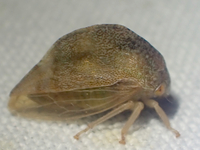 | Photo by: tom ward
Buncombe Co.
Comment: | 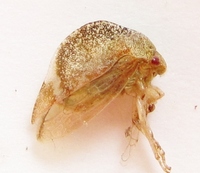 | Photo by: Ken Kneidel
Mecklenburg Co.
Comment: Stuck in Tanglefoot on a tree band on Willow Oak, female. |
 | Photo by: Rob Van Epps
Mecklenburg Co.
Comment: Came to UV light. Suburban yard near woods. Male | 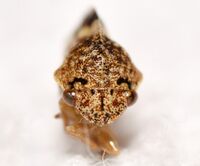 | Photo by: Rob Van Epps
Mecklenburg Co.
Comment: Came to UV light. Suburban yard near woods. Male |
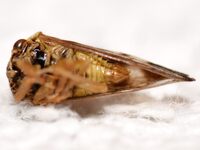 | Photo by: Rob Van Epps
Mecklenburg Co.
Comment: Came to UV light. Suburban yard near woods. Male | 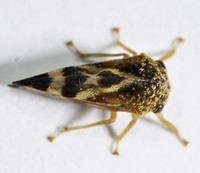 | Photo by: Rob Van Epps
Mecklenburg Co.
Comment: Came to UV light. Suburban yard near woods. |
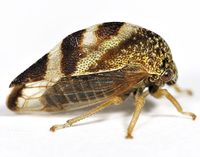 | Photo by: Rob Van Epps
Mecklenburg Co.
Comment: Came to UV light. Suburban yard near woods. | 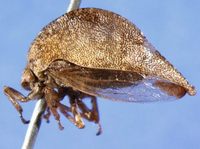 | Photo by: Matthew S. Wallace
Out Of State Co.
Comment: female |
 | Photo by: Matthew S. Wallace
Out Of State Co.
Comment: male |

 »
»

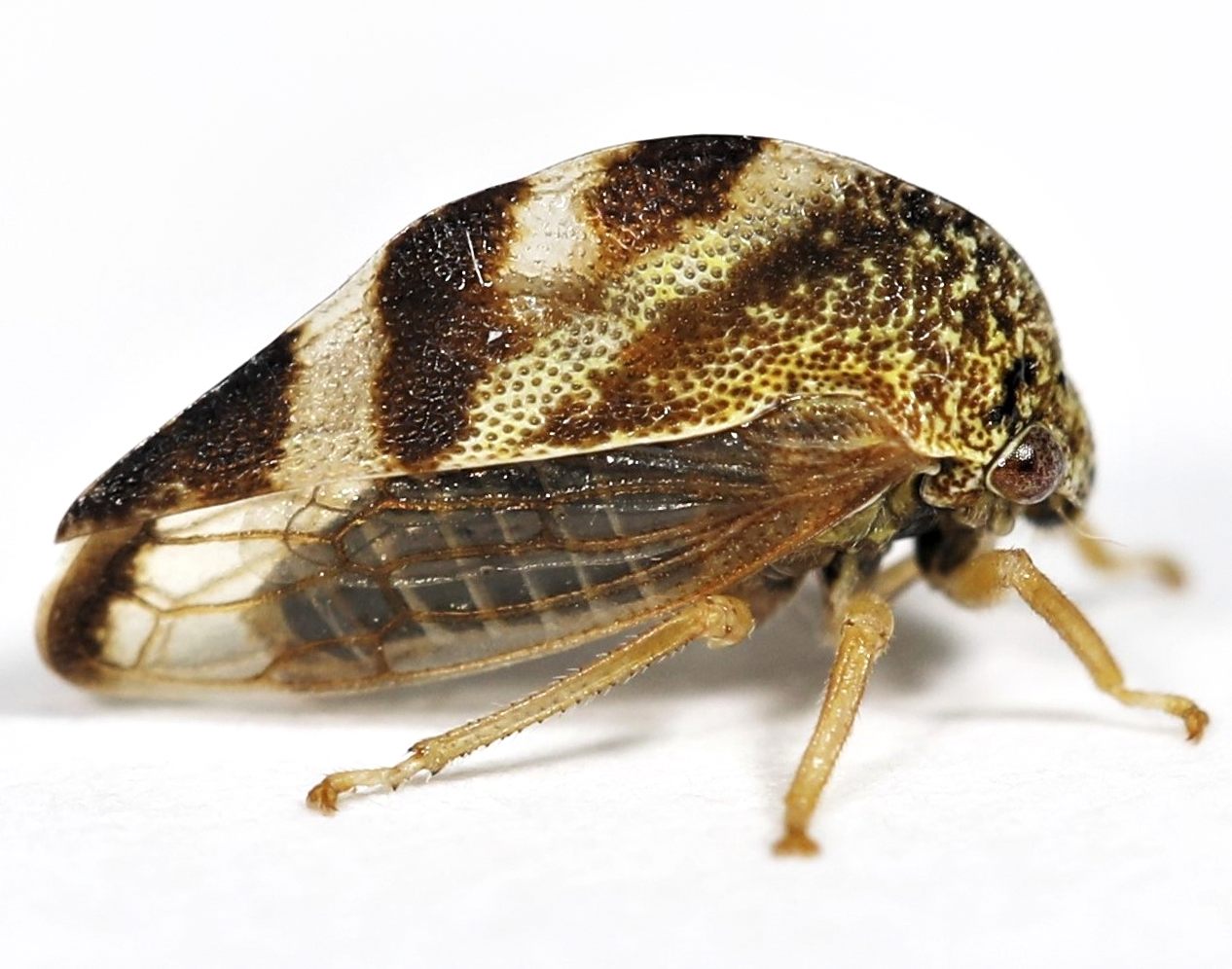

 »
»

